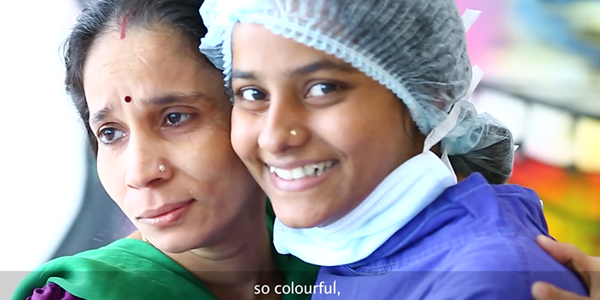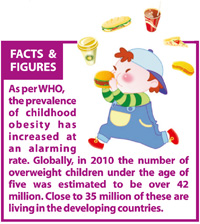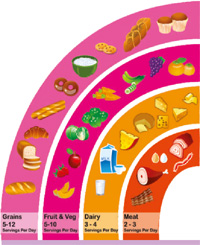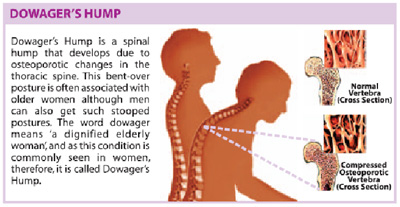Regular physical examination of your child by a paediatrician is crucial as it can help in the prevention or early diagnosis of many health problems. Here’s an overview on some of the warning signs in children, which if not taken care on time could be a matter of great concern.
Seeing Eye To Eye
Vision problems are common among school-age kids. Your child’s vision is essential for his/her success at school. If the vision suffers, so will the schoolwork and overall performance in academics. Therefore, parents and teachers should be aware of the common signs of the possible vision concerns.
Warning Signs
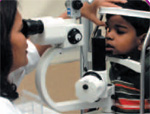
- Complains of blurred or double vision
- Bumps into objects
- Red eyes or watery eyes
- Encrusted eyelids
- Sensitivity to light
- Rubs eye frequently
- Headaches or tired eyes
- Squints or tilts the head to see better
- Consistently sits too close to the TV or holds a book too close to the eyes
- Gets lower grades than usual
What Should You Do?
Schedule an appointment with your optometrist or ophthalmologist if your child exhibits any of these signs. A consultation with your doctor may reveal that your child has refractive errors that can be easily corrected with eyeglasses or contact lenses.
Report
According to the American Optometric Association, children should have an eye exam no later than 6 months of age. Unless problems are detected, the next exam should be at age three, then again before entering school, and every two years thereafter. However, if your child requires eyeglasses or contact lenses, it is advisable to schedule visits every 12 months or as advised by the treating doctor.
Fine Tuning The Frequency
Hearing loss is again common in school age children, and this can affect their ability to comprehend and use language. Many children have hearing loss that fluctuates due to recurring ear infections. Other predisposing factors include congenital abnormalities, head trauma and infections like meningitis.
Warning Signs
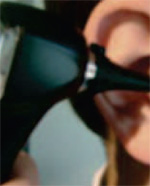
- Poor response or no response to any voice at normal speaking level
- Absence of startle response to loud sounds
- Difficulty following instructions or requests despite listening attentively
- Reduced or absent responses to environmental noises like car horns, approaching footsteps, telephone rings, opening or closing of the doors
- Consistently setting the volume at an unusually high level while watching
- television or listening to the radio/music
- Slow language and speech development
What Should You Do?
If you suspect your child has a hearing loss, you should consult your paediatrician, who may refer you to a specialist. Some types of conductive hearing loss can be corrected with surgery or by the removal of impacted ear wax, while the others may require a different treatment approach based on the pathology.
Caution
Listening to very loud music, especially with earphones, can permanently damage your child’s hearing ability.
Understanding Learning Disability
Learning Disability (LD) is a general term that describes specific kinds of learning problems. Learning disabilities tend to be diagnosed when children reach school age, and can affect children both academically and socially.
Warning Signs
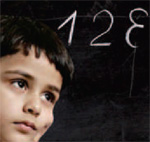
- Trouble learning the alphabet, spellings, rhyming words or connecting letters to their sounds
- Unable to understand what he or she reads
- Very messy handwriting
- Struggles to express ideas in writing
- Learns language late with limited vocabulary
- Difficulty in following directions
- Gets confused over math symbols and misreads numbers
- Behaves inappropriately in social situations
What Should You Do?
If a child shows any one of these signs, teachers and parents may want to investigate more. The child might have to be examined and evaluated by a doctor to see if he or she has learning disability.
Be Positive
Parents support to their children can make a huge difference. And the good news is that parents involvement in the educational process, both at school and home, can ensure optimal progress in the academic performance of their children.

